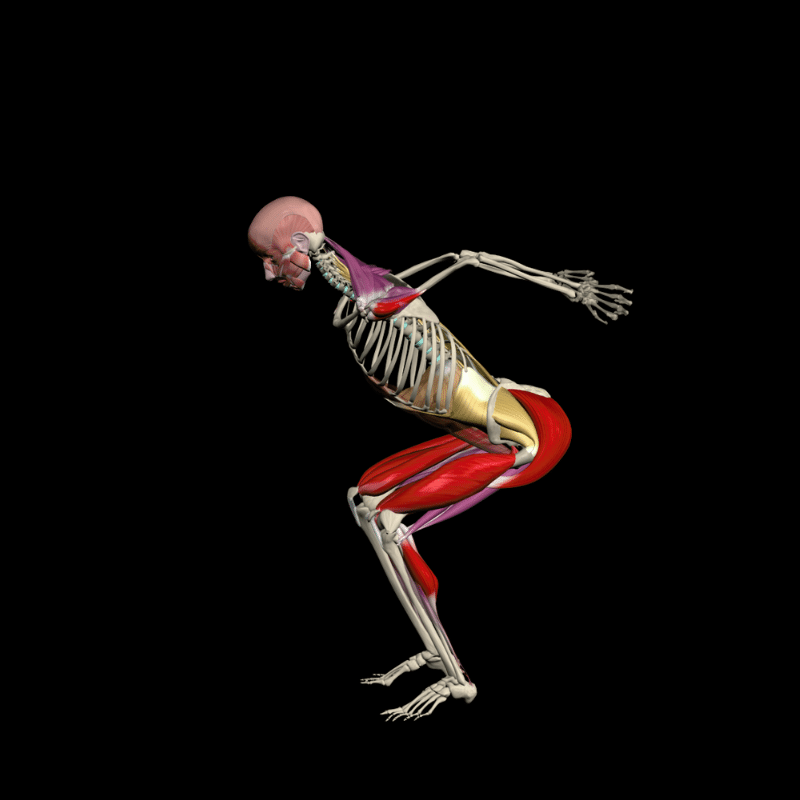Plyometric exercises, often referred to as jump training or “plyos,” are dynamic and explosive movements designed to increase strength, speed, and overall athletic performance. These exercises can significantly enhance your physical capabilities and are ideal for both upper- and lower-body training.
This Muscle and Motion article offers an in-depth guide to building a plyometric training program tailored for both beginners and advanced levels.
Before diving into the foundational exercises for beginning your plyometric training, it’s essential to have a solid understanding of what plyometric exercises are and their benefits and risks. If you’re new to this type of training or looking to deepen your knowledge, we highly recommend checking out our introductory article on plyometric exercises. Click here to read the first article to thoroughly understand plyometric training principles.
Plyometric training program
Creating a plyometric training program requires a structured approach to ensure safety, effectiveness, and progression. Several adjustable factors come into play to tailor the program to various training levels, including repetitions, sets, frequency, rest intervals, duration, and weight resistance. This guide focuses on building a lower body plyometric training program based on the type of exercise. With low to high-intensity exercises, this guide caters to everyone, from beginners to advanced athletes.
1. Low-intensity drills
Initiate your plyometric training with two-legged drills, which are ideal for beginners because of their lower intensity and minimal risk for injury. Start with basic exercises such as jumping in place (pogo jumps), and progressing to forward, backward, and lateral jumps. Once you’ve built a strong base, gradually incorporate a low platform into your exercises as you become more comfortable and skilled. This methodical approach offers a smooth entry into plyometric training, focusing on enhancing your control and stability throughout the exercises.
2. Medium-intensity drills
Once you’ve become proficient in low-intensity drills, it’s time to progress to medium-intensity exercises. These exercises introduce greater impact forces and help prepare your body for higher-intensity plyometric work.
- Vertical jumping: This category of exercise involves jumping vertically and landing with both feet. This helps enhance your explosive power and vertical jump. Examples include exercises like squat jumps and split jumps.
- Horizontal jumping: These exercises focus on jumping forward, emphasizing horizontal explosiveness. They are valuable for improving your agility and power. Examples include exercises like a low hurdle jump.
- Lateral jumping: Lateral jumps involve moving side-to-side explosively, enhancing your lateral agility and strength. Examples include exercises like lateral hurdle jumps.
3. High-intensity drills
High-intensity plyometrics involve dynamic movements that significantly increase the load on muscles and joints. These should be attempted after mastering lower-medium intensity drills. These advanced drills include:
- Single-leg jumps: Focus on explosive movements using only one leg at a time. They demand a high level of strength and balance. Examples of single-leg jumps include single-leg rebounding box jumps and single-leg lateral bounds.
- Multi-directional jumps: Challenge agility and coordination with exercises like lateral hurdle hops and diagonal bounds.
- Variable height/distance jumps: Incorporate changes in jump height and distance, adding complexity with exercises like broad jumps into squat jumps and low and high hurdle jumps.
In summary, this Muscle and Motion guide offers essential insights for those looking to begin plyometric training. It outlines a progression from basic to advanced exercises that enhance strength, speed, and athletic performance. Starting with low-intensity drills suitable for beginners, it advances through medium to high-intensity exercises, emphasizing the importance of gradual progression to prevent injuries.
For those eager to explore more plyometric exercises and tailor their workout regimen, our Strength Training App is the perfect tool. It provides a vast selection of exercises with detailed instructions and videos, catering to all levels of experience.
Let the Strength Training App help you achieve your plyometric goals! Sign up for free.
Ever wondered what makes our anatomical animations so accurate and engaging? Click here to learn about our Quality Commitment and the experts behind our content.
At Muscle and Motion, we believe that knowledge is power, and understanding the ‘why’ behind any exercise is essential for your long-term success.
Let the Strength Training App help you achieve your goals! Sign up for free.


